Grasscycling Information: Learn How To Grasscycle In The Yard
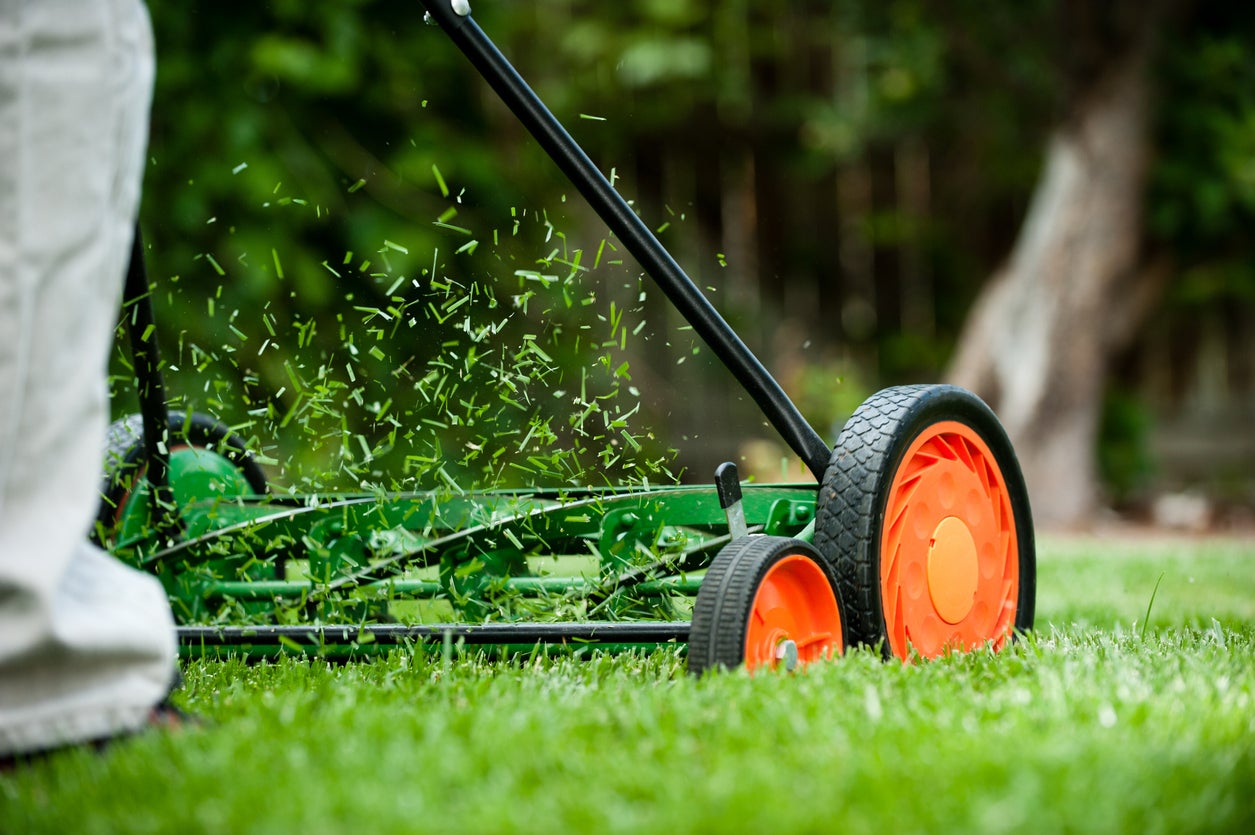

Bagging grass clippings produces waste that needs to be dealt with and is heavy to haul. Grasscycling can help reduce the mess and strain, and actually improves your turf. What is grasscycling? You're probably already doing it and just didn't know. Essentially, it is "mow and go," and is not only for the lazy gardener but has a host of other benefits. Let's go over grasscycling information so you can avoid common problems.
What is Grasscycling?
Mowing the lawn doesn't have to be such a chore if you know how to grasscycle. Even if you don't have a mulching mower you can grasscycle. The key is in how and when you mow so you can prevent thatch buildup, unsightly grass debris, and the clippings are returned to the earth quickly. Your grass clippings can be a precious resource rather than a pain in the neck to bag and remove. The idea behind the practice is to let clippings fall where they do so they can release nitrogen, and reduce the need for watering, which decreases the incidence of fungal disease like rust and leaf spot. Grasscycling does not contribute to thatch build up and saves you time. As the clippings break down, they fertilize the lawn, minimizing the need for excess nutrients. Clippings can provide 15 to 20 percent of a lawn's food needs. This makes for a healthier turf that is thick and leaves no room for pesky weeds.
Grasscycling Guide and Quick Tips
In order to harvest the many benefits, you first need to know how to grasscycle. It isn't difficult and actually makes mowing easier. Your mower blades should be sharp, and mowing should be frequent. That avoids buildup of excess clippings that will take too long to compost and can cause a smelly mess on top of the grass. One of the more important grasscycling tips is to remove no more than one third of each blade. The best length is 2 to 2 ½ inches (5-6 cm.). Grasscycling information recommends mowing every five to seven days to produce clippings that compost into the lawn quickly. Try to mow when grass blades are dry. This enhances your mower’s ability to chop the leaves, causes less stress to the grass, and prevents clumps. Avoid scalping the lawn and mow at the correct height for your grass species. In summer, grass should be left a little longer to avoid moisture stress. If it has been too wet to mow frequently, run over the long clippings an extra time and rake them into the root zone of the lawn. Blow or sweep clippings off non-porous, inorganic surfaces like sidewalks to avoid them washing into waterways.
Gardening tips, videos, info and more delivered right to your inbox!
Sign up for the Gardening Know How newsletter today and receive a free copy of our e-book "How to Grow Delicious Tomatoes".

Bonnie Grant is a professional landscaper with a Certification in Urban Gardening. She has been gardening and writing for 15 years. A former professional chef, she has a passion for edible landscaping.
-
 Get Ready For A Summer Of Hummers! Grow These Full Sun Hummingbird Plants and Flowers
Get Ready For A Summer Of Hummers! Grow These Full Sun Hummingbird Plants and FlowersIf you’re lucky enough to enjoy a sunny backyard, make sure you are maxing out on your pollinator opportunities and grow these full sun hummingbird plants and flowers
By Tonya Barnett
-
 12 Lush Alternatives To A Lawn For Sustainable Spaces
12 Lush Alternatives To A Lawn For Sustainable SpacesAlternatives to a lawn are beautiful and also beneficial to your local ecosystem and its pollinators. Explore our top picks for plants to replace grass.
By Tonya Barnett
-
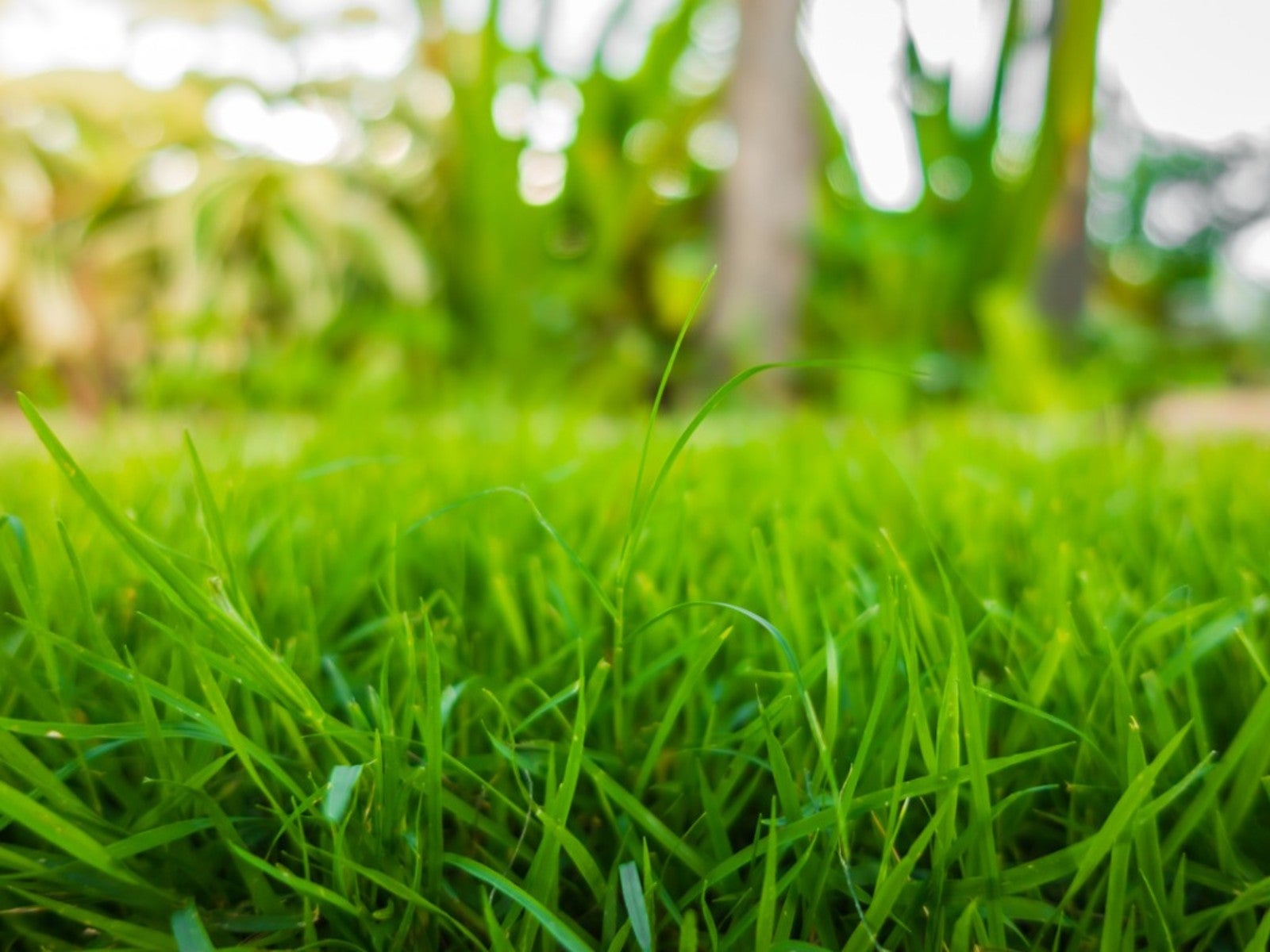 Sustainable Turf Species For A Greener Lawn
Sustainable Turf Species For A Greener LawnClick here for some of the most sustainable types of turf grass you can grow for an eco-friendly lawn.
By Bonnie L. Grant
-
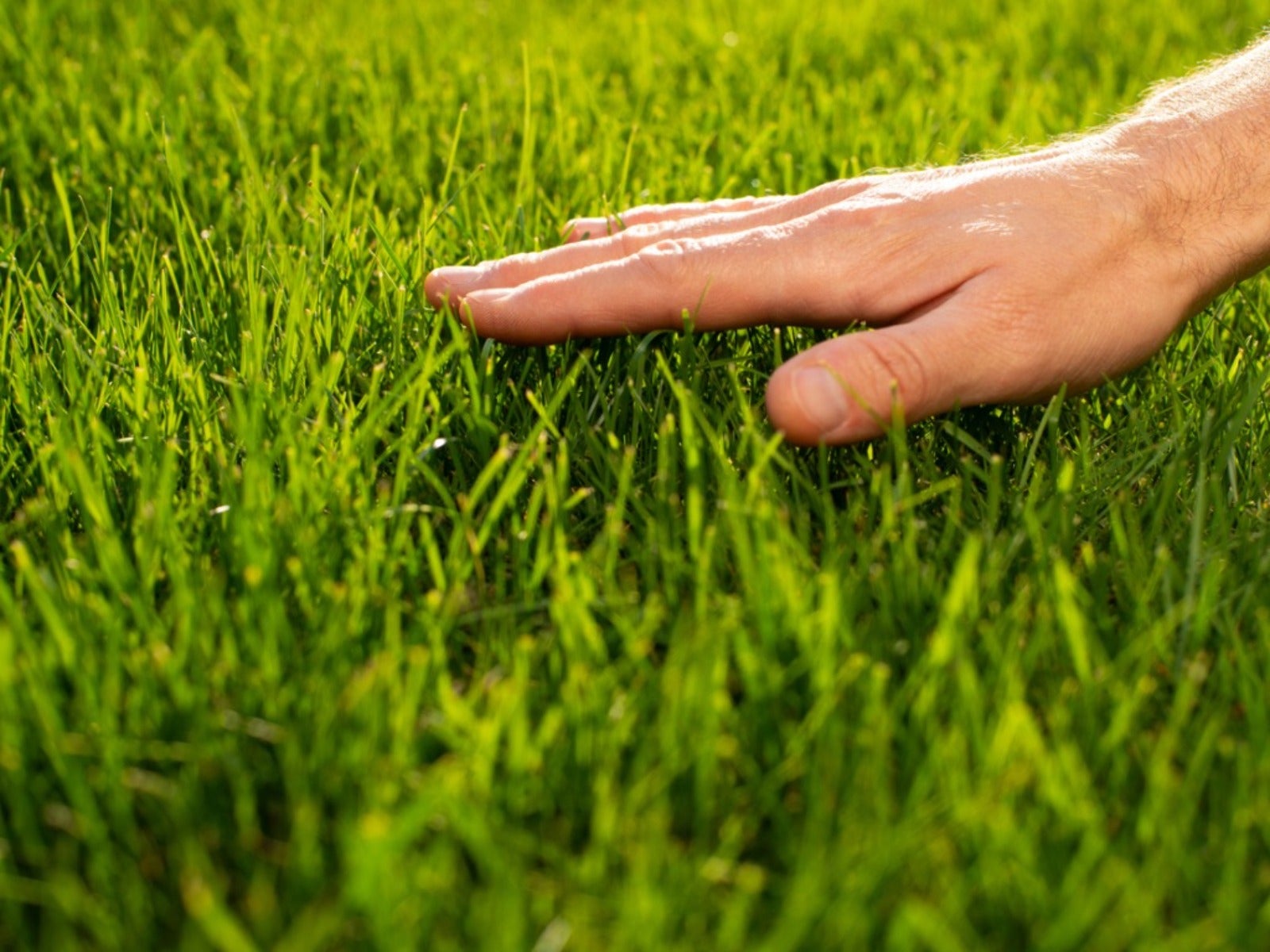 How To Grow A Sustainable Lawn
How To Grow A Sustainable LawnAdjust your thinking about a perfect green lawn and consider more sustainable methods. Click here to learn how.
By Mary Ellen Ellis
-
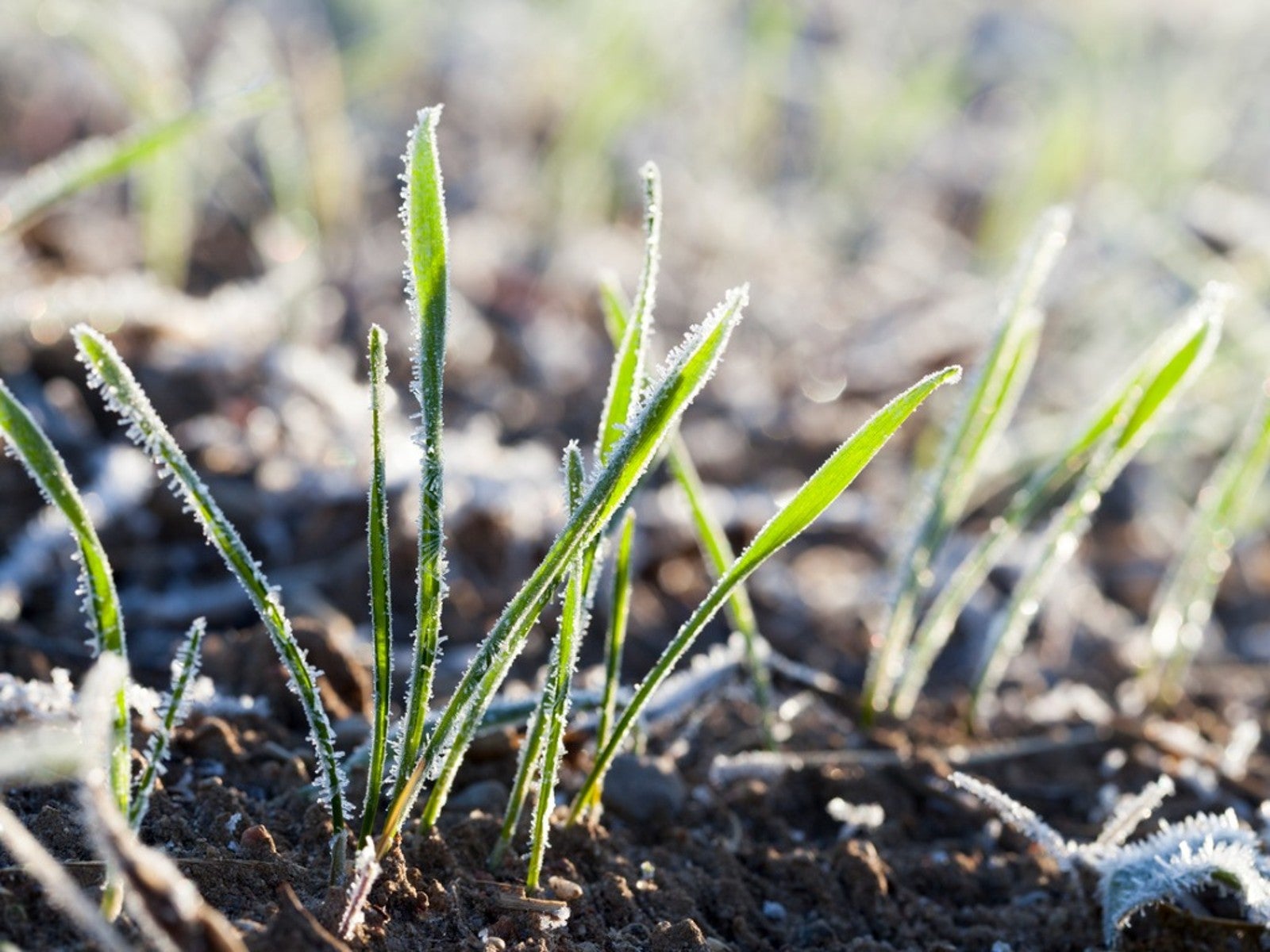 Will Frost Kill Grass Seed And How To Help New Turf Survive
Will Frost Kill Grass Seed And How To Help New Turf SurviveLearn how to help your newly sown grass survive frost and freezing weather.
By Amy Grant
-
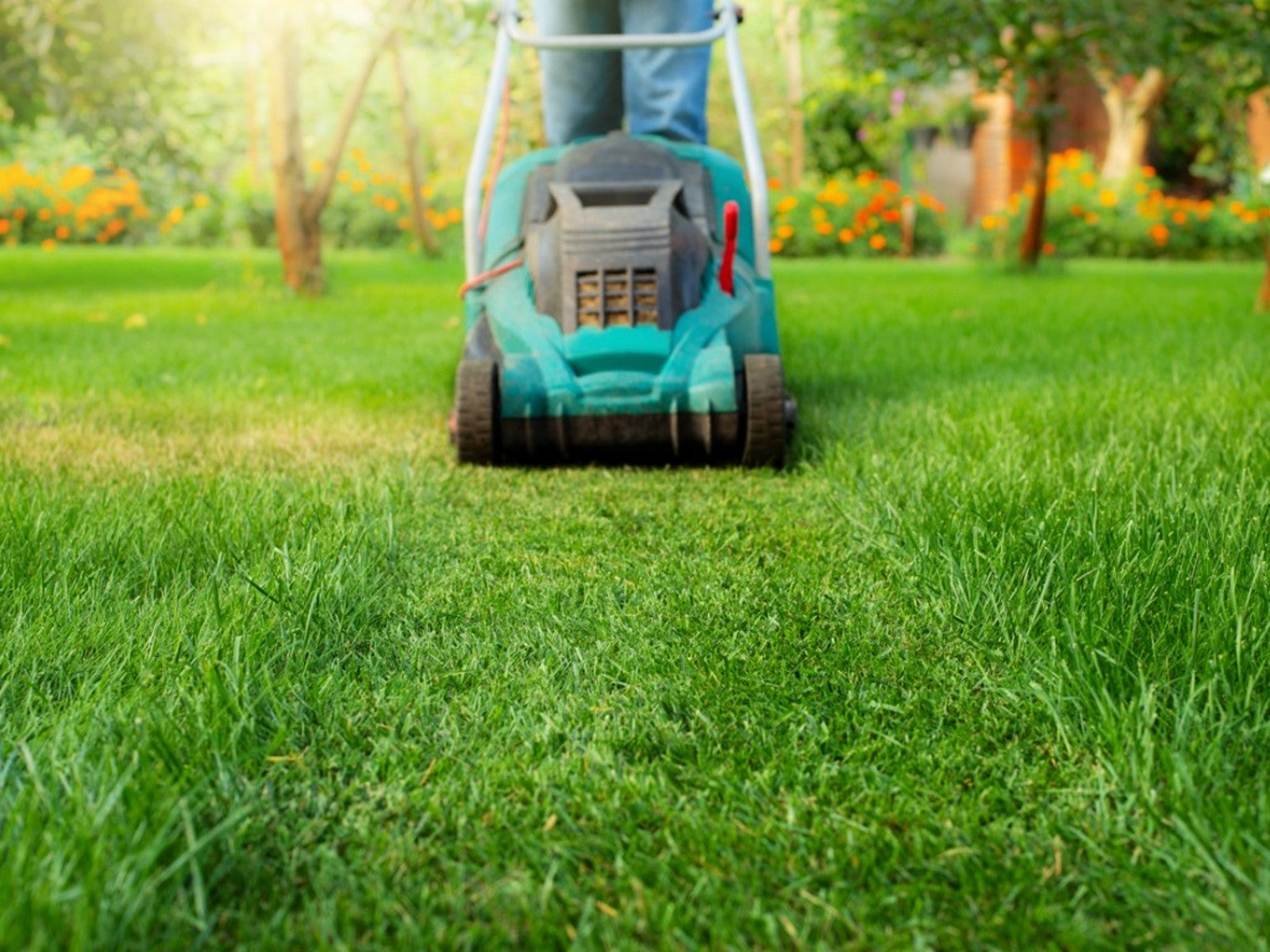 Lawn Problems That Aren’t Really Problems
Lawn Problems That Aren’t Really ProblemsYour lawn may not require as much work as you think. Learn which common problems aren’t really problems.
By Teo Spengler
-
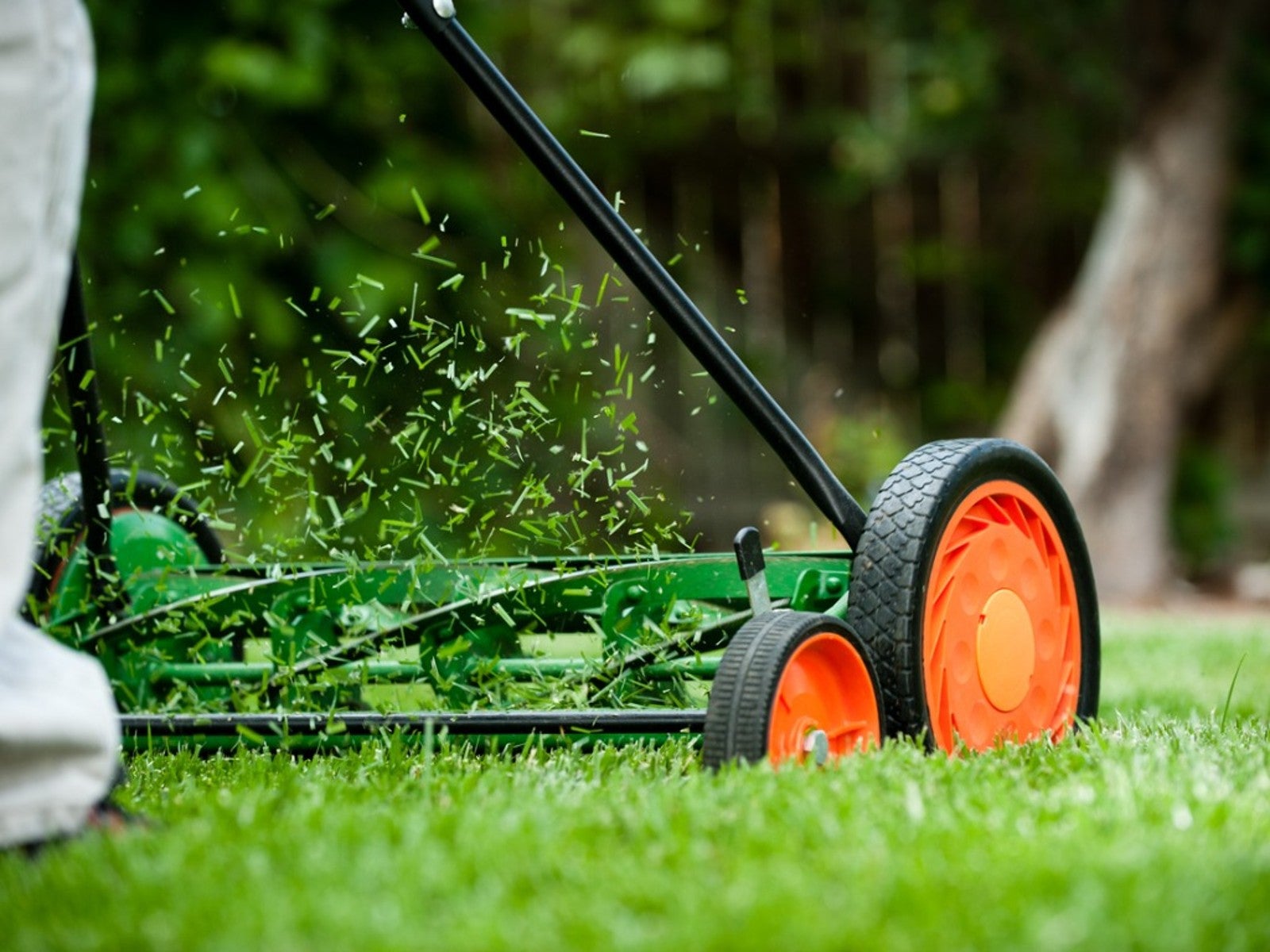 Why A Manual Push Mower Is Good For You And The Environment
Why A Manual Push Mower Is Good For You And The EnvironmentReel mowers are making a comeback, but why? Click here to learn about reel mower pros and cons.
By Amy Grant
-
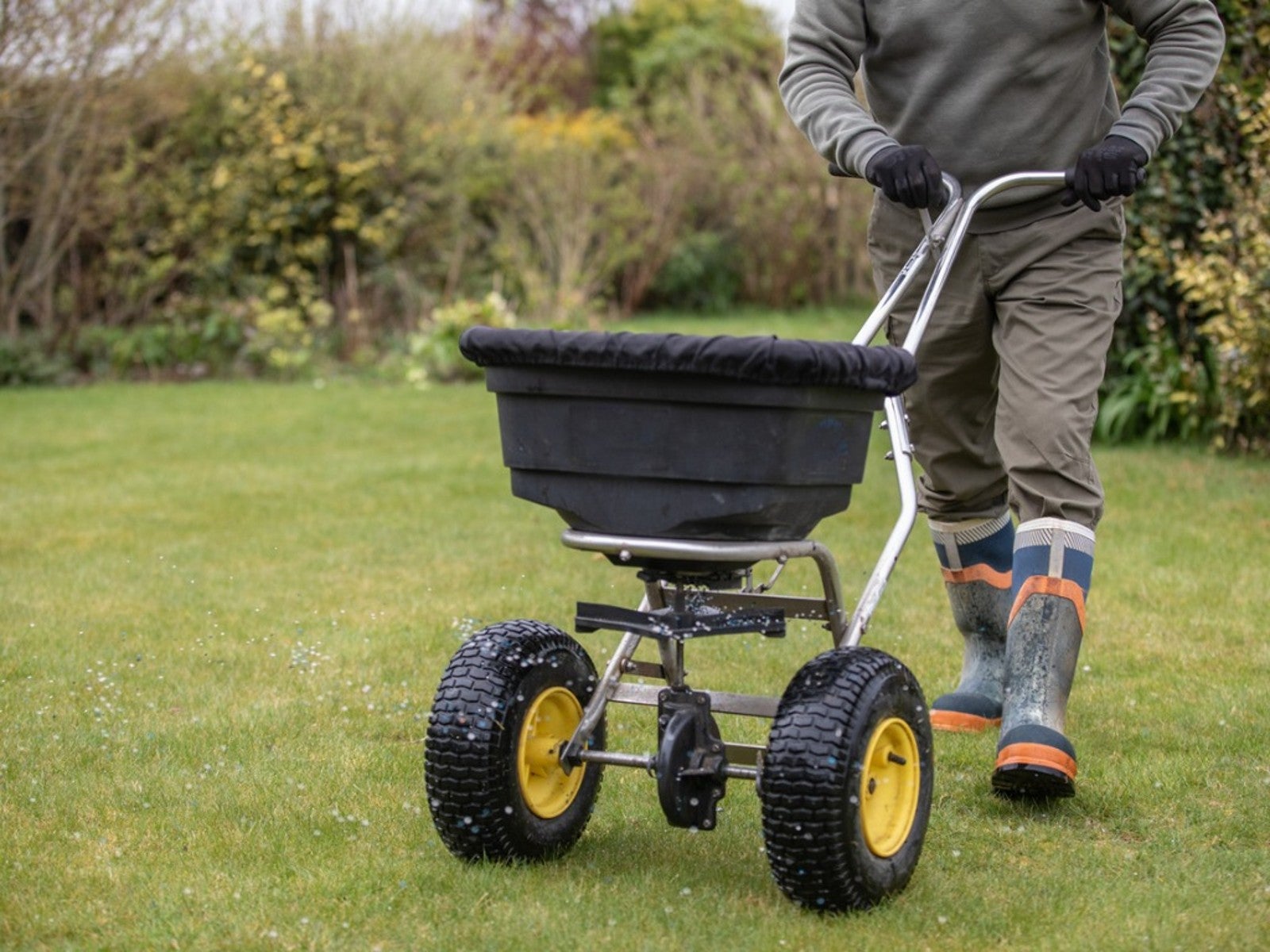 Fertilize Grass In Fall For A Lush Lawn In Spring
Fertilize Grass In Fall For A Lush Lawn In SpringFor everything you need to know about fertilizing your lawn in the fall, click here.
By Susan Albert
-
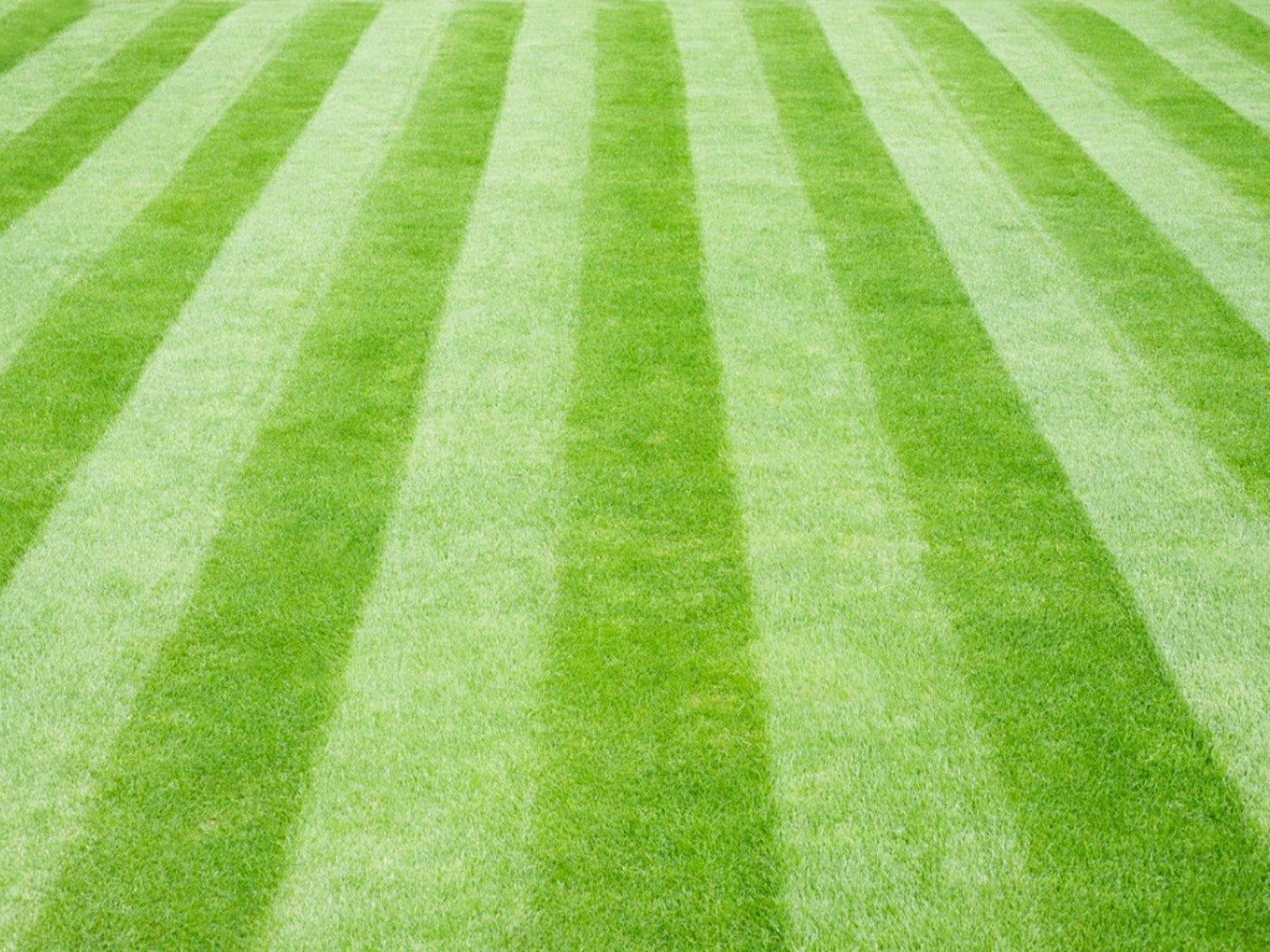 Tips For Mowing Stripes In Lawn
Tips For Mowing Stripes In LawnWouldn’t it be great to have stripes in your lawn like a sports field? Learn how here.
By Susan Albert
-
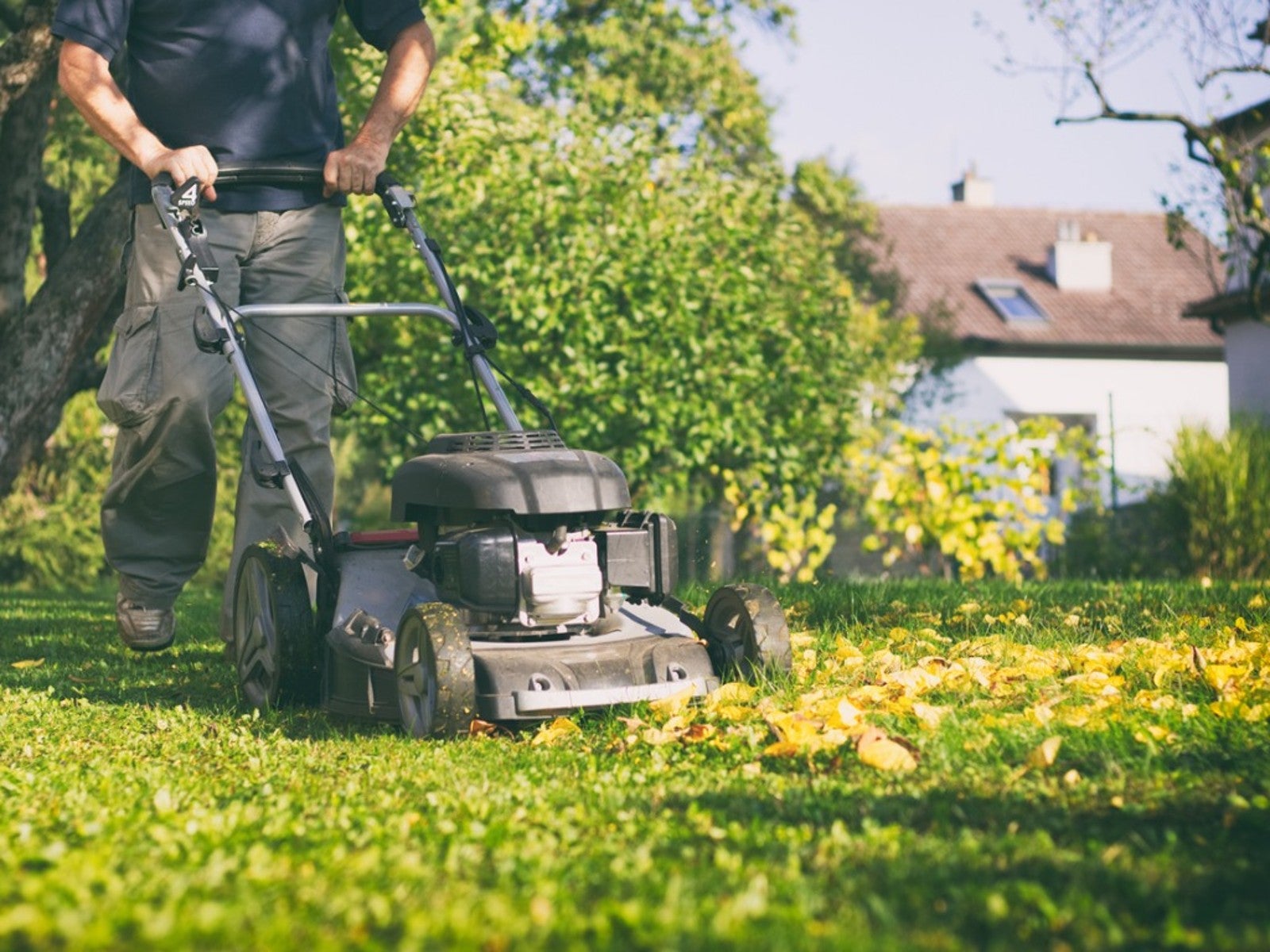 Late Summer Lawn Care Checklist
Late Summer Lawn Care ChecklistPlan to do some late summer care and maintenance of your lawn so it will be healthy and beautiful in the spring. Here are some tips.
By Laura Miller